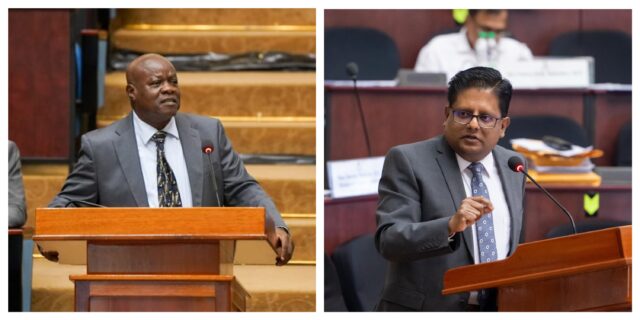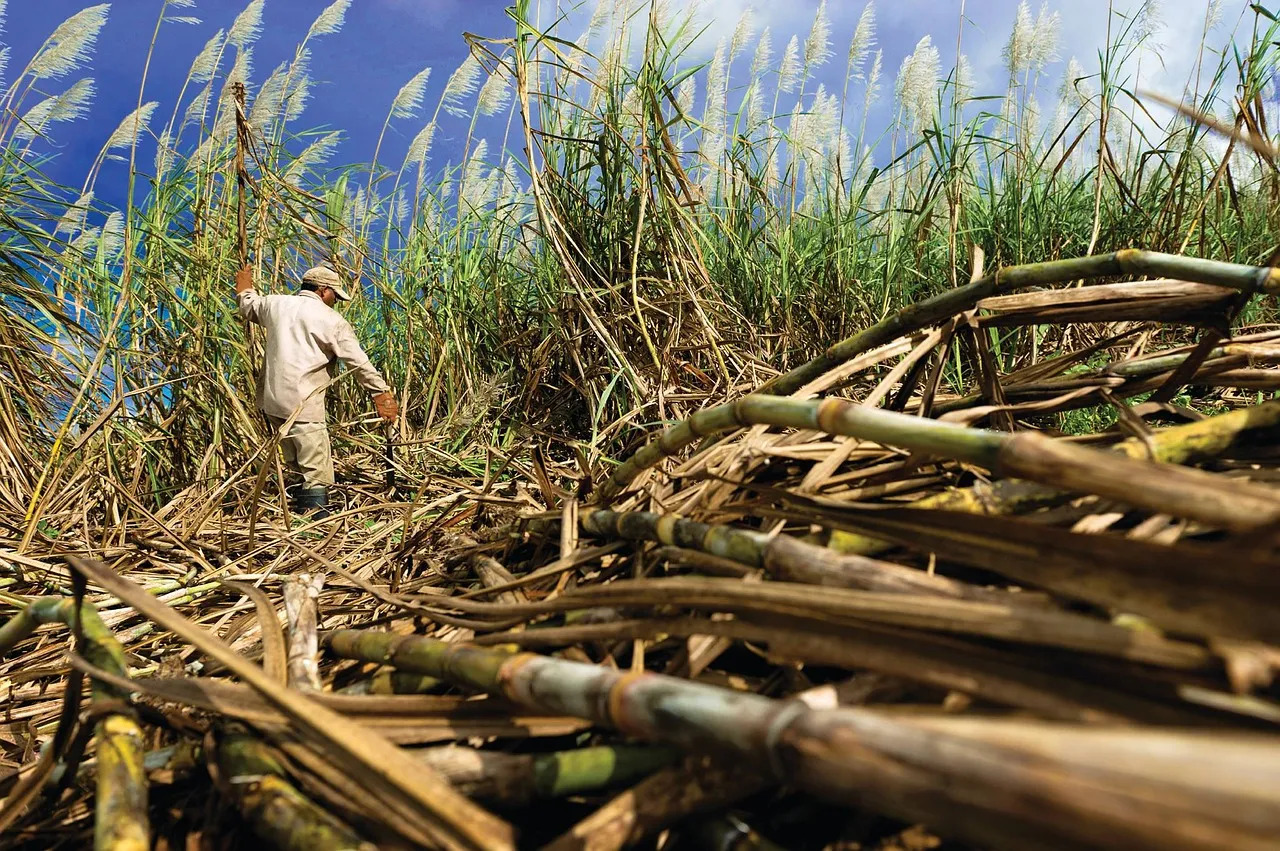
The main opposition People’s National Congress (PNC) and the parties of their APNU coalition on Saturday admitted to proposing costly measures if they ever return to government, but stopped short of providing clarity on how they will finance these measures.
Having been roasted by Dr Singh in the National Assembly for their unrealistic promises to the Guyanese people, the PNCR/APNU has confirmed the high cost of their proposals but failed to provide details on how these measures will be financed.
In a press release issued two days after Minister Singh’s presentation in Parliament, PNCR/APNU focused on elaborate cost-of-living measures but still failed to explain how these would be financed.
The release, though purporting to be from the PNCR and APNU, was sent out on PNC letterhead and curiously makes no mention of governance with the Alliance for Change (AFC). This omission is significant, given that the PNC has been in talks with the AFC for a possible coalition to contest the upcoming general elections.
The press release, issued on Saturday morning, was in response to Finance Minister Dr Ashni Singh’s closing speech on Thursday during the budget debates.
The PNCR/APNU estimates that their proposed cost-of-living measures, including cash grants, would cost over $600 billion annually.
However, they failed to specify how these would be financed, making only vague references to cutting spending in some areas and increasing taxes in others.
The Good Governance Dividend, which they claim will come from eliminating corruption and tightening financial management, is merely a recycled version of their “Democratic Dividend” promise from 2015, which never materialised.
The PNCR/APNU’s admission that they will hire experts to determine funding sources is a glaring acknowledgment that they have no concrete financial plan. Further, their admission that economic modelling will be done in the future is another glaring indication that no study or proper financial planning was undertaken before making these promises.
The PNCR/APNU also pointed to higher VAT revenues and increased taxation as part of their funding strategy. This is consistent with their approach during 2015–2020, when they hiked over 200 taxes and fees, placing a heavy burden on the Guyanese population.







